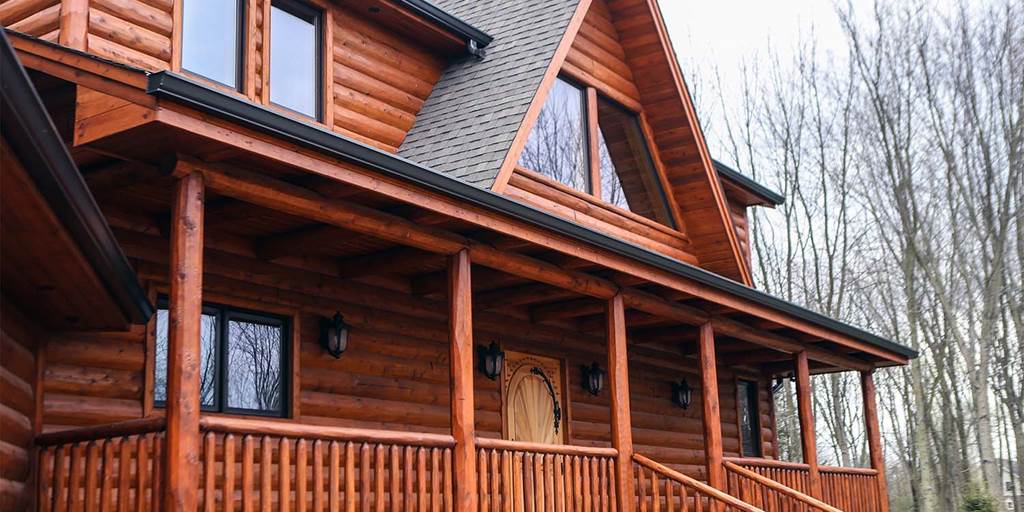Cedar is a beautiful wood that needs to be protected from the elements. Staining your Cedar furniture, decks, fences, or siding can protect them from weathering, UV rays, mildew, and moisture.
Opaque stains give the wood a deep color and good protection against environmental elements. But, they hide the wood grain, and you will notice some details of the cedar surface after applying the natural cedar stain.

Applying the Stain
Depending on your desired look, you can stain cedar in various hues. Choose a semi-transparent stain for a subtle change in the wood’s color that protects it from moisture and sun damage. Opaque stains provide more profound protection but obscure more of the natural wood’s appearance.
Open the can of natural cedar stain and use a wooden or metal stick to stir it thoroughly, then apply an even coat of stain with your chosen applicator (lint-free cloths, foam applicators, and rollers are all good choices). Be sure to wear chemical-resistant gloves, a face shield, and a dust mask when applying stain to avoid breathing in the chemicals.
Working in the shade is essential, as the sun can dry the stain before it can penetrate deep enough into the wood to change its color and offer protection. Additionally, working in the shade will prevent puddles from forming, which can cause the stain to flake and appear blotchy.
Preparing the Surface
A clear, natural cedar stain will highlight the cedar’s natural color and grain while protecting it from moisture and UV rays. It will need to be reapplied every 3 to 5 years.
The surface texture of the wood influences which type of treatment is suitable, with textured cedar usually better suited to natural finishes such as penetrating oil-based stains. Non-penetrating stains, such as paints and solid-color stains, form a film over the surface and can flake or peel.
Be sure to thoroughly clean the bare surface of the wood before applying any stain. Use a mild detergent and water solution, then sand with medium-grit sandpaper. Apply a wood conditioner before applying the stain to boost even absorption and reduce the likelihood of an uneven result. Please avoid using the stain in high heat or direct sunlight, as this can cause it to dry too quickly and leave blotchy areas on the surface.
Staining the Wood
Unlike paint, which protects wood under an opaque film, stain preserves the grain’s natural beauty. It is easy to apply and resists peeling. Staining is also less likely to damage the wood if adequately maintained.
To keep your stain looking good, the wood must be sanded, and all dust must be removed. Using a lint-free cloth, wipe the surface to eliminate any dust that has settled. Next, use a wood conditioner to boost stain absorption.
Once the sanding and preparation are complete, apply the stain in a thin coat with a brush or lint-free cloth. Work on one section at a time, covering all areas evenly. Be sure to follow the manufacturer’s guidelines for drying times. Leaving excess stains on the surface can lead to imperfections and may cause the finish to become sticky. Also, high humidity and cool temperatures can delay the stain’s drying time, resulting in uneven results.
Finishing the Project
Cedar is a beautiful material to use for furniture, siding, and fences. It has a reddish hue and is naturally weathered to a silvery gray over time. However, it can be stained to prevent this or change its appearance. The most common cedar stain is a natural one that contains UV inhibitors to help it maintain its color.
Staining the wood immediately after it is milled or cut is essential, as this helps protect against moisture absorption and UV degradation. If this is impossible, it should be stained once the project is complete and reapplied regularly.
Stains come in various opacity levels, and the best choice will depend on whether you want to prioritize showcasing the natural color of the wood or providing maximum protection against the elements. Opaque stains give a uniform color and hide the grain of the wood, but they also offer strong protection against water, mildew, UV rays, dirt, and mold.
